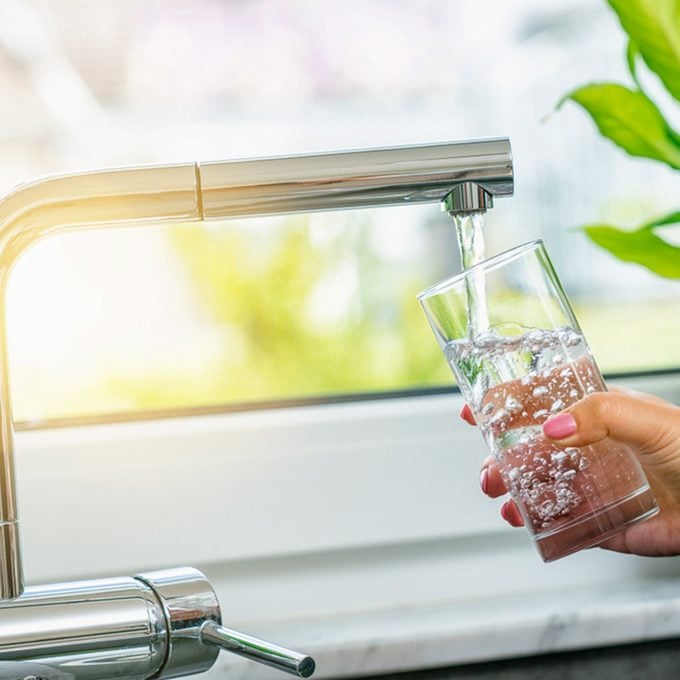Radioactive radon gas is the leading cause of lung cancer for non-smokers and the second leading cause of lung cancer for everyone else. It’s present in nearly all soil, which means it can also be in your water.
Is Radon in Your Water?

Radioactive radon gas is the leading cause of lung cancer for non-smokers and the second leading cause of lung cancer for everyone else. It’s present in nearly all soil, which means it can also be in your water. In high enough concentrations, radon in well water is nearly as dangerous as radon gas in your basement or crawlspace. If your water comes from a municipal water supply system that gets water from a river, then the water is low in radon (river water is usually aerated enough to have low radon levels). If the city gets water from a municipal well and the water has high radon levels, the city is required to bring those levels down to federal standards
What is radon and why is it so dangerous?
Is there radon in well water?
Yes, sometimes. In fact, if the radon gas levels in your home are high and you get your water from a private well there’s a good chance you’ve also got radon in your well water. Drinking radon in water can cause stomach and other internal organ cancers. But the risk of contracting lung cancer by inhaling radon from well water is much greater. Radon gas escapes from well water every time you open a faucet, use the kitchen sprayer, shower, do laundry, or boil or evaporate water. So you owe it to yourself and your family to test for radon in your well water and install a radon water mitigation system if the results exceed recommended levels.
Perform a radon water test to be sure
Purchase a radon in water test kit. To conduct the test, remove the aerator from a faucet and run the water for 15 minutes. Then slow the flow and fill a large bowl by running the water along the inside of the bowl to prevent bubbles. Fill the bowl and fully submerge a capped bottle into the bowl. Remove the cap and turn it upside-down to remove the air in the cap. Then cap the bottle while both are fully submerged in the bowl. This procedure prevents radon gas from escaping the test bottle. Repeat with the second sample. Then follow the directions for packaging and send the sample to the lab.
Reduce radon in water with a radon water mitigation system
If the test results show high levels of radon, install a radon in water mitigation system. There are two types; a granulated activated carbon (GAC) whole-house filter or an aeration unit. Both types install right after your main shut off valve. The carbon in the GAC system captures the radon gas and contains it. A GAC radon mitigation system is cheaper to purchase and install, doesn’t have any moving parts and doesn’t use power. But used GAC filters are more expensive to dispose of because they contain radioactive waste.
An aeration unit works by spraying water into an enclosure while simultaneously passing outside air through the spray. The airflow removes the radon gas and vents it to the outside. Aeration units cost more to purchase, install, maintain and operate because they have moving parts and use power. However, they’re more effective in reducing radon in well water and they don’t produce radioactive waste.
With a radon in water mitigation system in place, you greatly reduce your chances of contracting cancer.
Buy radon in water test kit now on Amazon.
Here are the answers to 10 common questions about radon.
Test for radon in the air in your home with this test kit.
Every product is independently selected by our editors. If you buy something through our links, we may earn an affiliate commission.



















